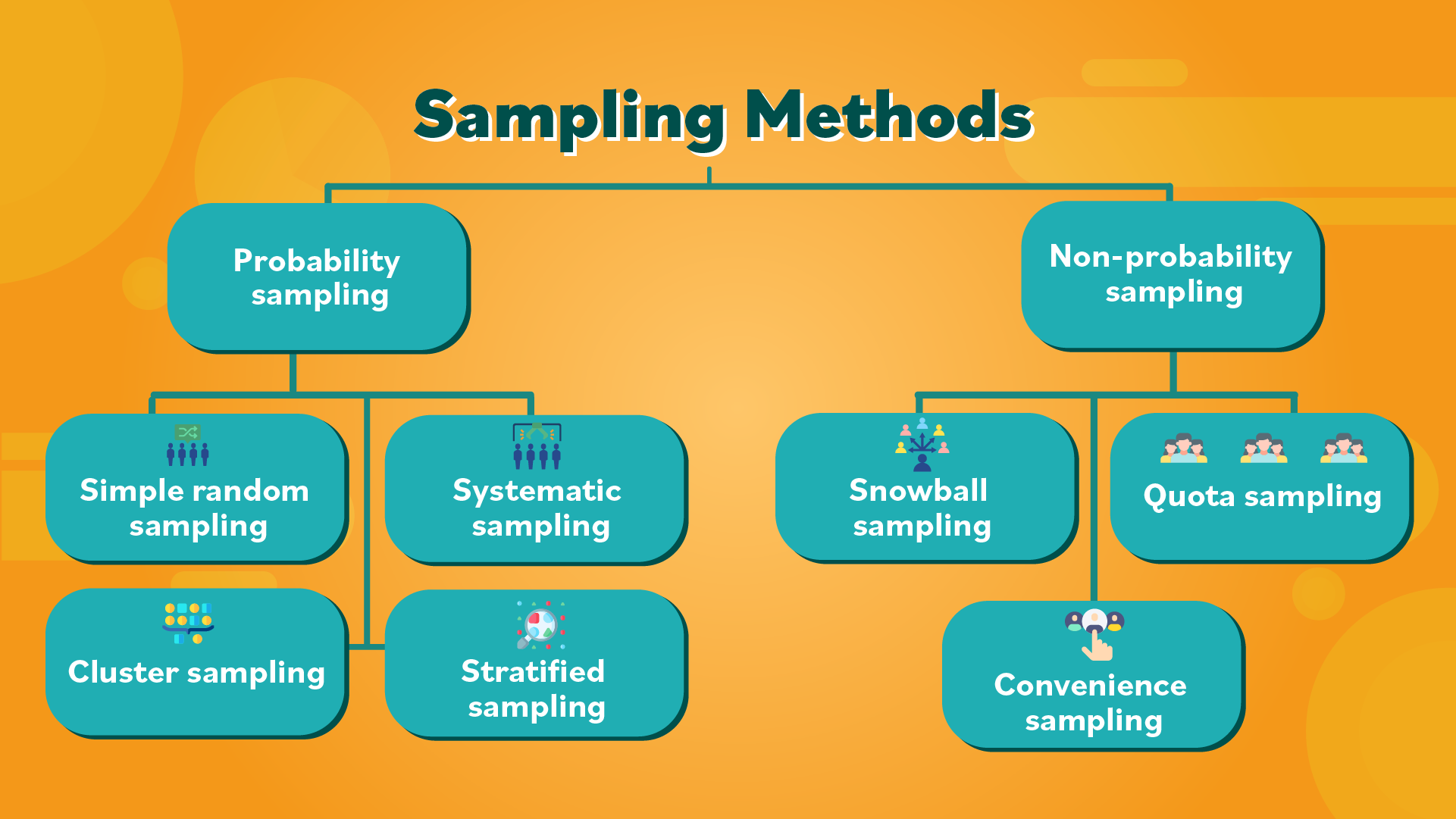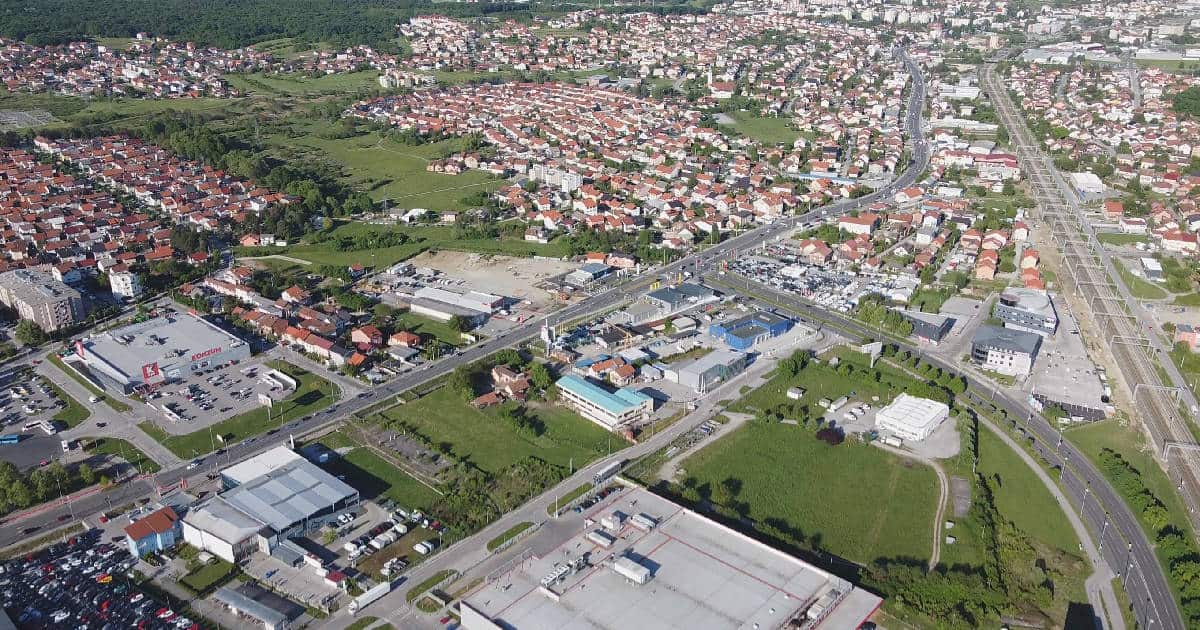Understanding Homeostasis: How Animals Maintain a Stable Internal Environment
Introduction: The Essence of Internal Stability in Animals
Animals constantly encounter changes in their surroundings-from shifts in temperature and humidity to variations in food and water availability. Despite these challenges, most animals remain remarkably stable internally, able to function optimally regardless of external conditions. This remarkable ability is called homeostasis , a term describing how animals maintain a relatively stable internal environment through intricate physiological processes [1] . This internal balance is critical for survival: without it, even minor environmental changes could quickly lead to system failure and death [3] .
Defining Homeostasis: More Than Just Balance
Homeostasis refers to the capacity of an organism to maintain a steady state or equilibrium in its internal environment. This does not mean the internal state never changes, but that it fluctuates within narrow, healthy limits-known as
set points
. For example, mammals maintain body temperature, blood glucose, and pH within specific ranges, regardless of changes outside the body
[2]
. The process is dynamic, requiring constant monitoring and adjustment of bodily functions
[5]
.
The Importance of Homeostasis for Animal Survival
Maintaining homeostasis is vital for animals because all biochemical processes-from muscle contractions to nerve signaling-require specific conditions to function. For instance, enzymes that regulate metabolism can only operate efficiently within a narrow temperature and pH range. If homeostasis fails, these processes break down, leading to illness or death [1] .

Source: teacherspayteachers.com
Examples include:
- Thermoregulation : Mammals and birds use sweating, panting, or shivering to maintain body temperature.
- Osmoregulation : Fish and amphibians adjust water and salt levels to prevent dehydration or swelling.
- Blood Glucose Control : All animals regulate sugar levels to ensure a steady supply of energy.
How Homeostasis Works: Mechanisms and Feedback Loops
Homeostasis relies on a series of steps involving sensors, control centers, and effectors [2] :
- Stimulus: A change in the internal or external environment, such as a drop in body temperature.
- Receptor: Specialized cells detect the change.
- Control Center: Often the brain, which processes information and sends instructions.
- Effector: Organs or tissues act to return the system to the set point, such as muscles shivering to generate heat.
Most homeostatic processes use
negative feedback loops
, where changes away from the set point trigger responses that bring conditions back to normal. Occasionally,
positive feedback
is used, amplifying a response until a specific outcome is achieved (e.g., blood clotting).
Key Variables Controlled by Homeostasis
Animals must regulate several critical variables:
- Temperature: Endotherms (warm-blooded animals) maintain stable body temperatures through internal mechanisms, while ectotherms (cold-blooded animals) rely more on behavior and environmental heat sources [5] .
- Water and Electrolyte Balance: Organs like kidneys, gills, or skin manage water and salt levels, preventing dehydration or overhydration.
- pH (Acidity): Blood and tissue fluids have systems to keep acidity within a narrow range, essential for enzyme function.
- Blood Glucose: Hormones such as insulin and glucagon regulate sugar levels in the blood.
- Waste Products: Removal of metabolic waste, like ammonia, prevents toxicity.
Disruptions to Homeostasis and Their Consequences
When homeostasis is disrupted, animals may experience stress, disease, or death. Common causes include:
- Extreme temperatures causing heat stroke or hypothermia
- Dehydration or salt imbalances leading to kidney failure
- Uncontrolled blood sugar resulting in diabetes-like conditions
- Acid-base imbalances affecting nerve and muscle function
Animals have evolved behavioral and physiological adaptations-such as seeking shade, hibernating, or migrating-to help maintain homeostasis under challenging conditions [4] .

Source: chegg.com
Practical Steps to Recognize and Support Homeostasis
For students, researchers, or animal caregivers, understanding and supporting homeostasis involves several actionable steps:
- Observation: Monitor animal behavior and physical condition for signs of imbalance, such as lethargy, panting, excessive drinking, or abnormal coloration.
- Environmental Control: Keep habitats within appropriate temperature, humidity, and light ranges. Use thermometers, hygrometers, and water testing kits to track conditions.
- Nutrition: Provide balanced diets to ensure proper energy, electrolyte, and water intake.
- Healthcare: Regular veterinary checkups help detect and treat homeostatic disruptions early.
For those managing animal facilities, consider implementing automated climate control systems and monitoring technology to maintain optimal conditions.
Alternative Approaches and Challenges
Different species have evolved unique strategies for homeostasis. For example, camels conserve water by producing highly concentrated urine, while marine fish drink seawater but excrete the excess salt through specialized cells. Recognizing species-specific needs is crucial for animal welfare.
Challenges in maintaining homeostasis may arise from sudden weather changes, disease outbreaks, or resource shortages. Solutions include providing shelter, adjusting dietary plans, and ensuring access to fresh water. In research or captive settings, always tailor environmental and care protocols to the species’ natural history.
Further Study and Reliable Information Sources
To deepen your understanding of homeostasis, consider consulting academic textbooks, university biology departments, or professional veterinary organizations. If you are seeking detailed protocols for animal care, search for resources using terms like “animal homeostasis protocols,” “veterinary care for homeostatic balance,” or “animal physiology textbooks.” For the most authoritative academic information, visit university library websites or consult peer-reviewed journals in animal physiology.
If you need to contact experts, consider reaching out to the biology or veterinary science departments at accredited universities. General inquiries about animal welfare standards can be directed to recognized organizations such as the American Veterinary Medical Association (AVMA) or the Royal Society for the Prevention of Cruelty to Animals (RSPCA).
Key Takeaways
Homeostasis is the foundational process that enables animals to thrive in a changing world. By understanding how internal stability is achieved and recognizing signs of imbalance, anyone involved in animal care or biology can better support the health and well-being of animals in their care. While each species has unique needs, the principles of monitoring, environmental control, nutrition, and proactive healthcare are universally applicable. For more detailed guidance or specific case studies, consult reputable educational resources or reach out to professional organizations in animal health and physiology.
References
- [1] Number Analytics (2025). Ultimate Guide to Homeostasis in Animal Biology.
- [2] eCampus Ontario (2019). Homeostasis – Introductory Animal Physiology.
- [3] University of Oregon (2025). Homeostasis and Osmoregulation – Animal Physiology.
- [4] Study.com. Homeostasis in Animals: Importance, Processes & Examples.
- [5] Lumen Learning. Homeostasis | Biology I.
MORE FROM couponito.com













